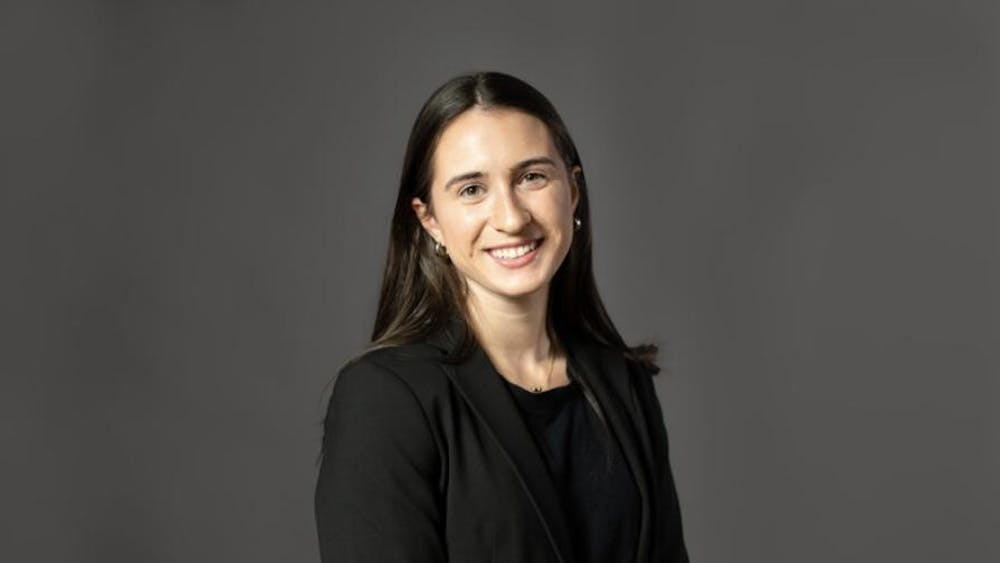
In response to student feedback, Emory and the Student Government Association (SGA) have discontinued the NightOwl shuttle route, extended the C Route shuttle until 12:30 a.m. and added a second SafeRide bus from Thursday to Sunday.
These changes, made in response to customer feedback and ridership statistics, affect a large number of students studying in the library, some student organizations (such as the Wheel), faculty and staff who work late and students attending parties or other events. While we appreciate that SGA and the University’s Transportation and Parking Services have made an effort to better meet the demands of shuttle riders, these changes ultimately fall short of meeting Emory’s late-night transportation needs.
We feel that the design of SafeRide is effectively unsafe. For SafeRide to pick up a student, riders must already be standing at the location at which they ask SafeRide to pick them up. Students are frequently left standing alone outside, sometimes in the cold or rain, in a situation in which they are at just as much equal risk as they would be walking home. Additionally, SafeRide strictly only picks up people who call for the shuttle, while students who may need a ride to the same location are not allowed to board the bus. If the goal of this route is to safely transport students from one location to another, the design must change.
If a shuttle followed a scheduled route at night, as NightOwl did prior to this semester, students would know more reliably when a shuttle would arrive and could wait inside a building until the shuttle came. Now, however, students must wait for SafeRide indefinitely.
Without NightOwl, which ran until 2 a.m., SafeRide is now responsible for transporting riders who would have taken NightOwl last semester. While SGA extended the C Route until 12:30 a.m. to accommodate for NightOwl’s removal, this time is relatively early for many college students, who often study or work late at night and are then forced to wait for SafeRide, often for about half an hour. While SafeRide now has another bus to decrease wait times, many students still must wait an unnecessarily large amount of time. With a routine schedule, students can plan around the time when they know a shuttle will appear, as opposed to SafeRide, where it is difficult to know exactly when a shuttle will appear or how long your ride home may take — and often, it’s faster to walk.
Waiting for SafeRide has the potential to put students at risk. The termination of the NightOwl route has clearly placed excessive demands on SafeRide, decreasing the latter route’s efficiency and delaying students’ late-night (or rather, early morning) travels.
We also find fault in the ways with which SGA and the University communicated these changes. According to a previous article in our Feb. 6 issue, the University placed signs in Cliff shuttles, posted the changes on the Transportation website and used Twitter to communicate the shuttle changes. The information may have been available to those who were looking for it, but without a University- or student-wide email or increased signage around shuttle stops, we feel that the University left the majority of the student body unaware of NightOwl’s discontinuation, let alone the additional SafeRide bus.
To address many of these problems, we have several suggestions and recommendations.
First, SGA and Transportation and Parking Services should allow a shuttle to follow a schedule from 12:30 a.m. to 5 a.m. — the hours when the C Route does not run. Even if this route was the only shuttle making these early-morning trips from Clairmont Campus to Woodruff Circle and the main campus perimeter, students would at least be able to plan accordingly, instead of waiting outside without knowing how long it will take SafeRide to reach them.
While Emory community members can use apps like TransLoc and Rider to track shuttle routes, the University should better integrate SafeRide into these apps so that students can track that shuttle more easily, allowing for greater accountability for this shuttle.
SafeRide should also allow all students who have an Emory ID to board the bus, regardless of whether or not they have called. While we understand efficiency concerns, it is unacceptable for SafeRide to abandon students who simply forgot to call for the shuttle and planned to board it with friends or nearby students who did call for SafeRide.
Finally, it’s no secret that shuttles frequently run empty during the day, when walking is not only a safer option, but has clear health benefits. As for the inefficient use of near-empty shuttles during weekday afternoons, we fail to see why it is acceptable to limit shuttles at night when safe transportation home is more urgent. If anything, it seems that there should be a surplus of shuttles at night, rather than during the afternoon.
While SGA has been responsive to student concerns and attempted to make changes on a basis of student feedback, we encourage a more comprehensive review of the use, efficiency and safety of each of these shuttle routes, rather than using unquantified student opinions. We also encourage all students and Emory community members to voice opinions on their transportation experiences.
The above staff editorial represents the majority opinion of the Wheel’s editorial board.





